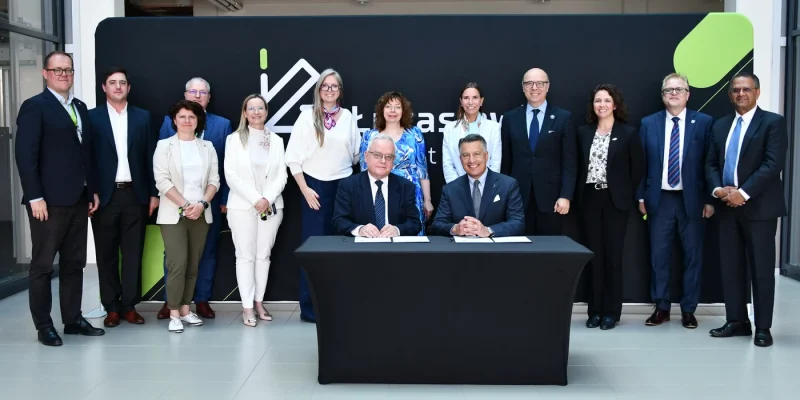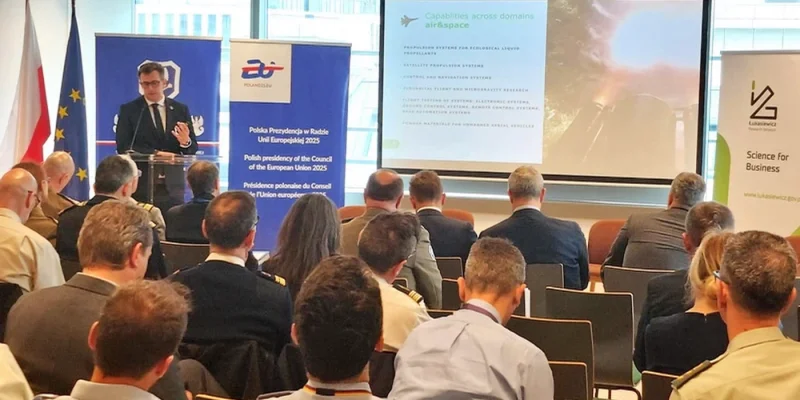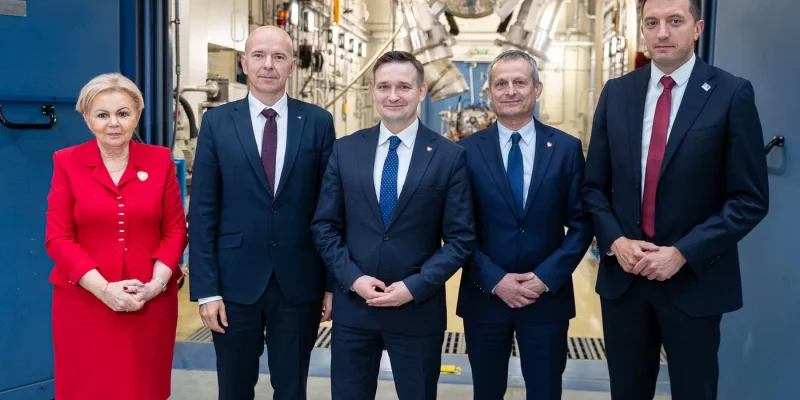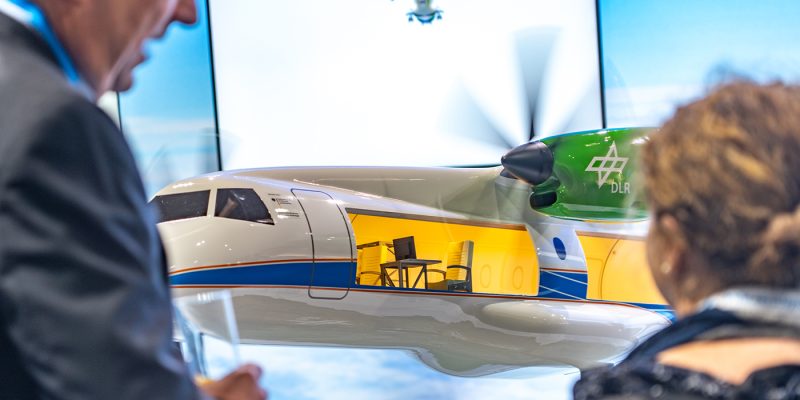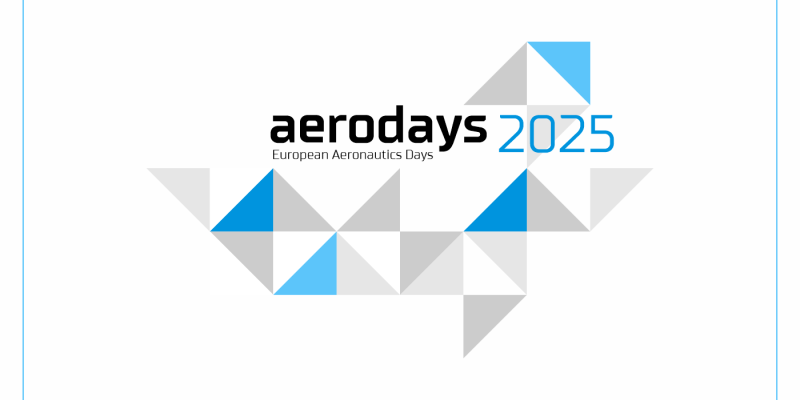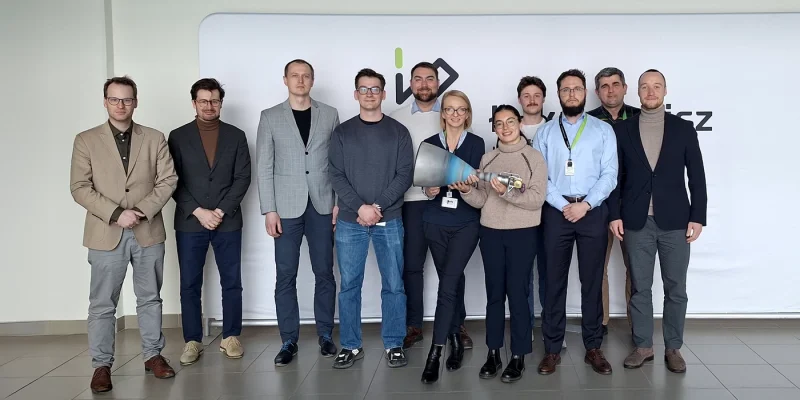On November 26, 2018, the InSight landed Mars. A team of Polish engineers responsible for the construction of the KRET HP3 penetrator for testing subsurface layers was involved in the mission. The device was created in the Astronika company with the help of Polish scientific units, including the Institute of Aviation, where material tests on a scanning electron microscope and X-ray tomography of subassemblies were carried out.
The mission is to provide answers to the most fundamental scientific questions, to understand the processes that shaped the rocky surface of the inner planets of the solar system. Using advanced geophysical technology, scientists will try to find out what is the internal structure of the planet, its current geological activity and dynamics. Thanks to this data, it will be possible to determine if Mars is an extinct planet, as it was thought so far, or whether we will get to know the new face of this planet.
– It is a great honor for us that the instrument made entirely in Poland by my colleagues will study Mars – says Natalia Zalewska, PhD, a planetologist who conducts research on the Red Planet at the Institute of Aviation and at the Space Research Centre of the Polish Academy of Sciences. – This is not the first success of Polish scientists because a similar device called MUPUS of the Rosetta mission examined the parameters of 67P/Churyumov-Gerasimenko comet in 2016. For the first time in the history of Mars, we will be investigating from the lander what is under the surface of Mars i.e. penetrating – this is how the HP3 device works. Until now, we could only rely on data from radars and other instruments installed on probes in Mars orbit. The first data from Kret HP3 will not flow until January, so we must be patient – emphasizes Zalewska.
On the occasion of the InSight landing, the Copernicus Science Center hosted an event “Poland in Space” part of which was an exhibition related to the participation of Polish companies and institutions in space missions as well as a conference and live watching of NASA transmission.
During the exhibition, the Institute of Aviation was represented by the engineers of the Space Technologies Department, who presented the Amber rocket and rocket propulsion that are developed under the implemented projects.
The Amber rocket is one of the most important Polish space projects. In October 2017, its first flight took place, the purpose of which was to verify the design and developed technologies developed by the Institute of Aviation. The main stage of the ILR-33 “Amber” rocket is driven by a hybrid engine, using as oxidizer highly concentrated peroxide hydrogen (HTP class, 98% +) and polyethylene as fuel. It is the world’s first drive unit of this type tested in flight. It allows to achieve a thrust of over 4,000 N while maintaining fully ecological combustion products.
The Institute of Aviation has been involved in the development of space technologies since the 1960’s. In 2013, as part of extending competences in this area, the Center of Space Technologies was established with its own laboratory base and engineering staff with experience in the most important European space programs.


